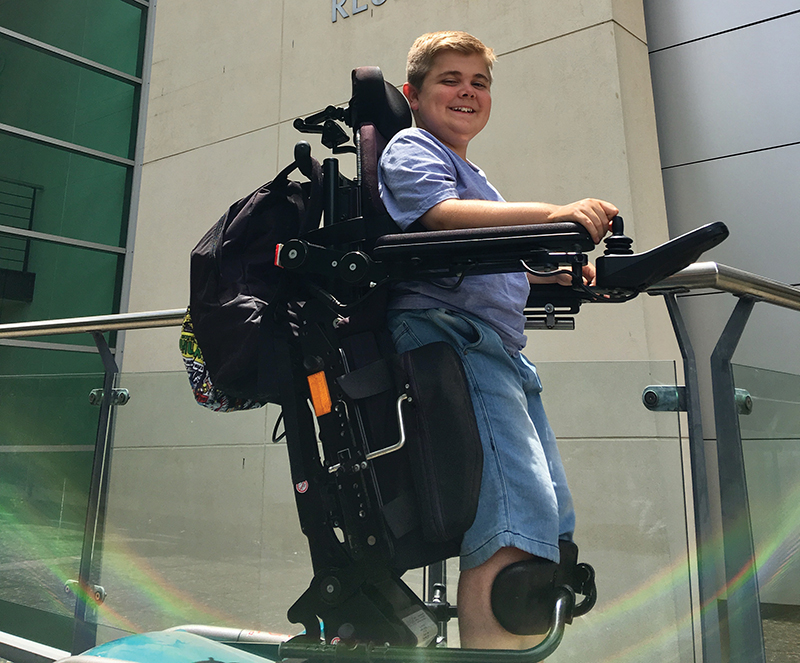Search

The Kids researchers are working with Perth Children’s Hospital and other experts across the country to get ahead of a sneaky virus few mums or even health professionals have heard of.

A song written by kids in Barunga as part of the END RHD Communities Project is helping prevent the spread of infections that cause rheumatic heart disease in remote Aboriginal Communities.

The following maps provide a visual insight into how the number and rate of Indigenous suicides varies across different regions of Australia.

Childcare centres have flocked to take up a new evidence-based policy to help ensure young children get more of the physical activity they need to be healthy and developmentally on track.

Klair Bayley knew her son Logan would eventually need a wheelchair.
The aim of RESP-ACT is to reduce these children’s respiratory hospital admissions and visits to Emergency Department, and to help them and their families to have as the best possible quality of life.
Research
Invasive group B streptococcal infections in Western Australia, 2000–2018Neonatal and puerperal sepsis are major manifestations of invasive group B streptococcal (Streptococcus agalactiae; iGBS) infections. International data indicate the importance of iGBS infections among non-pregnant adults.
Research
Eating and exercise experiences of Australian trans and gender diverse folks: lived experience and stakeholder perspectivesTrans individuals face elevated health risks and socio-environmental challenges, influencing their engagement in health-protective behaviors (e.g. exercise and nutrition). Despite these challenges, there is a significant gap in understanding the specific eating and exercise experiences of Australian trans adults, including barriers to healthy behaviors and healthcare experiences. This study aims to address this gap by exploring these experiences, informing targeted interventions and healthcare practices to improve health outcomes.
Research
An observational study of hypoactive delirium in the post-anesthesia recovery unit of a pediatric hospitalHypoactive delirium is present when an awake child is unaware of his or her surroundings, is unable to focus attention, and appears quiet and withdrawn. This condition has been well-described in the intensive care setting but has not been extensively studied in the immediate post-anesthetic period. The aim was to determine if hypoactive emergence delirium occurs in the recovery unit of a pediatric hospital, and if so, what proportion of emergence delirium is hypoactive in nature.
Research
Assessment of Cannabidiol and Delta9-Tetrahydrocannabiol in Mouse Models of Medulloblastoma and EpendymomaChildren with medulloblastoma and ependymoma are treated with a multidisciplinary approach that incorporates surgery, radiotherapy, and chemotherapy; however, overall survival rates for patients with high-risk disease remain unsatisfactory. Data indicate that plant-derived cannabinoids are effective against adult glioblastoma; however, preclinical evidence supporting their use in pediatric brain cancers is lacking. Here we investigated the potential role for Δ9-tetrahydrocannabinol (THC) and cannabidiol (CBD) in medulloblastoma and ependymoma. Dose-dependent cytotoxicity of medulloblastoma and ependymoma cells was induced by THC and CBD in vitro, and a synergistic reduction in viability was observed when both drugs were combined.
